Decide whether the composite functions, f ? g and g ? f, are equal to x.f(x) = x3 + 1, g(x) = 
A. No, no
B. No, yes
C. Yes, no
D. Yes, yes
Answer: D
You might also like to view...
Solve the equation by factoring.x2 - 25 = 24x
A. {1, -25} B. {-5, 5} C. {-5, -5} D. {-1, 25}
Sketch the logarithmic function. Determine the domain, range, and the equation of any vertical asymptotes.f(x) = log4(x - 2) - 2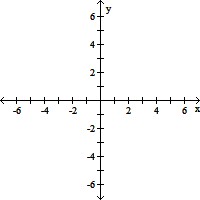
A. Domain: (-2, ?), range: (-?, ?)
Vertical asymptote: x = -2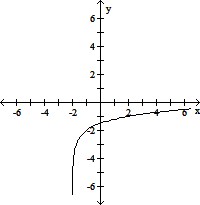
B. Domain: (2, ?), range: (-?, ?)
Vertical asymptote: x = 2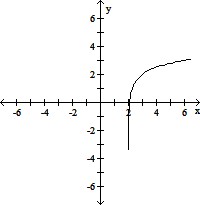
C. Domain: (-2, ?), range: (-?, ?)
Vertical asymptote: x = -2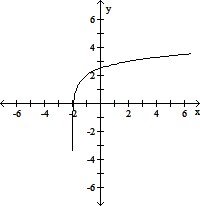
D. Domain: (2, ?), range: (-?, ?)
Vertical asymptote: x = 2
Solve the equation graphically. Approximate the solution to the nearest hundredth, if appropriate. = 4
= 4
A. 14 B. 16 C. 36 D. 18
Find the parametric equations that define the curve shown.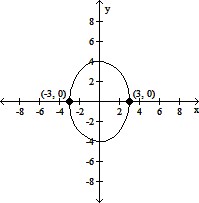
A. x = 3sin ( (t - 1)), y = 4 cos (
(t - 1)), y = 4 cos ( (t - 1)); 0 ? t ? 3
(t - 1)); 0 ? t ? 3
B. x = 4sin ( (t - 1)), y = 3 cos (
(t - 1)), y = 3 cos ( (t - 1)); 0 ? t ? 4
(t - 1)); 0 ? t ? 4
C. x = 4sin ( (t - 1)), y = 3 cos (
(t - 1)), y = 3 cos ( (t - 1)); 0 ? t ? 3
(t - 1)); 0 ? t ? 3
D. x = 3sin ( (t - 1)), y = 4 cos (
(t - 1)), y = 4 cos ( (t - 1)); 0 ? t ? 4
(t - 1)); 0 ? t ? 4